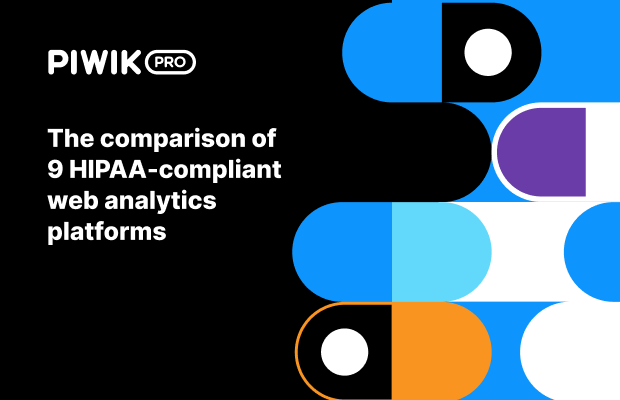Average engagement time typically refers to the average amount of time users spend engaging with a particular piece of content, such as a website, mobile app, video, or social media post. It is a metric used to assess the level of interest, attention, and interaction that users have with the content.
For example:
- On a website: Average engagement time may refer to the average duration users spend on the site during a specific session or visit. It can indicate how captivating and relevant the content is to visitors.
- In a mobile app: Average engagement time could represent the average time users spend actively using the app, navigating through its features, or consuming its content. It can help app developers understand user behavior and identify opportunities for improving user experience and retention.
- For a video: Average engagement time may indicate the average duration viewers spend watching the video before navigating away or closing it. It can reflect the video’s appeal, relevance, and ability to retain viewers’ interest.
- On social media: Average engagement time could refer to the average time users spend interacting with a post, such as liking, commenting, sharing, or clicking on links. It can help social media marketers gauge the effectiveness and impact of their content on audience engagement and brand awareness.
Measuring average engagement time provides valuable insights into how effectively content resonates with the target audience and captures their attention. It can also inform content optimization strategies, audience targeting, and overall digital marketing efforts aimed at enhancing user engagement and driving desired actions.
You might also like:









